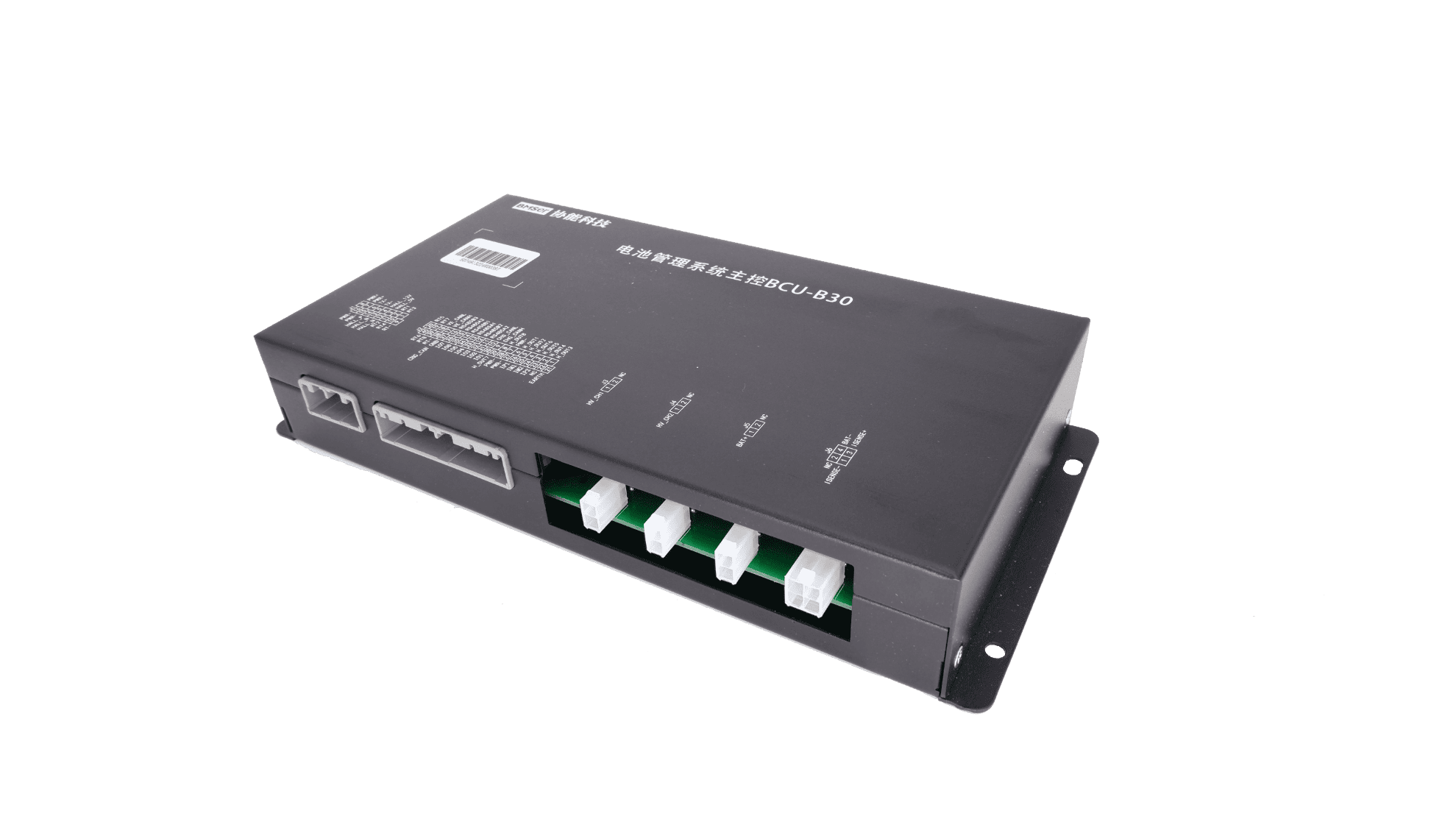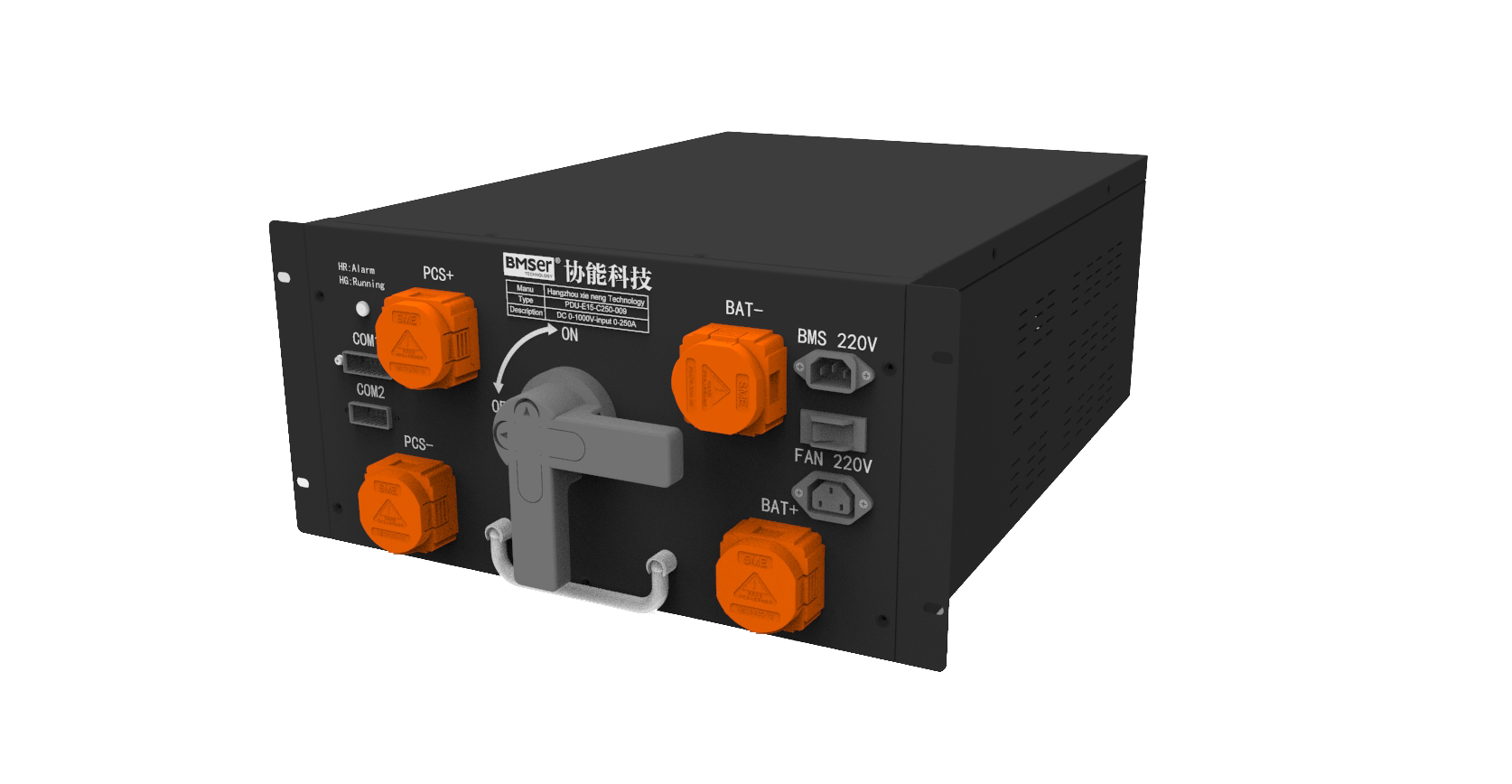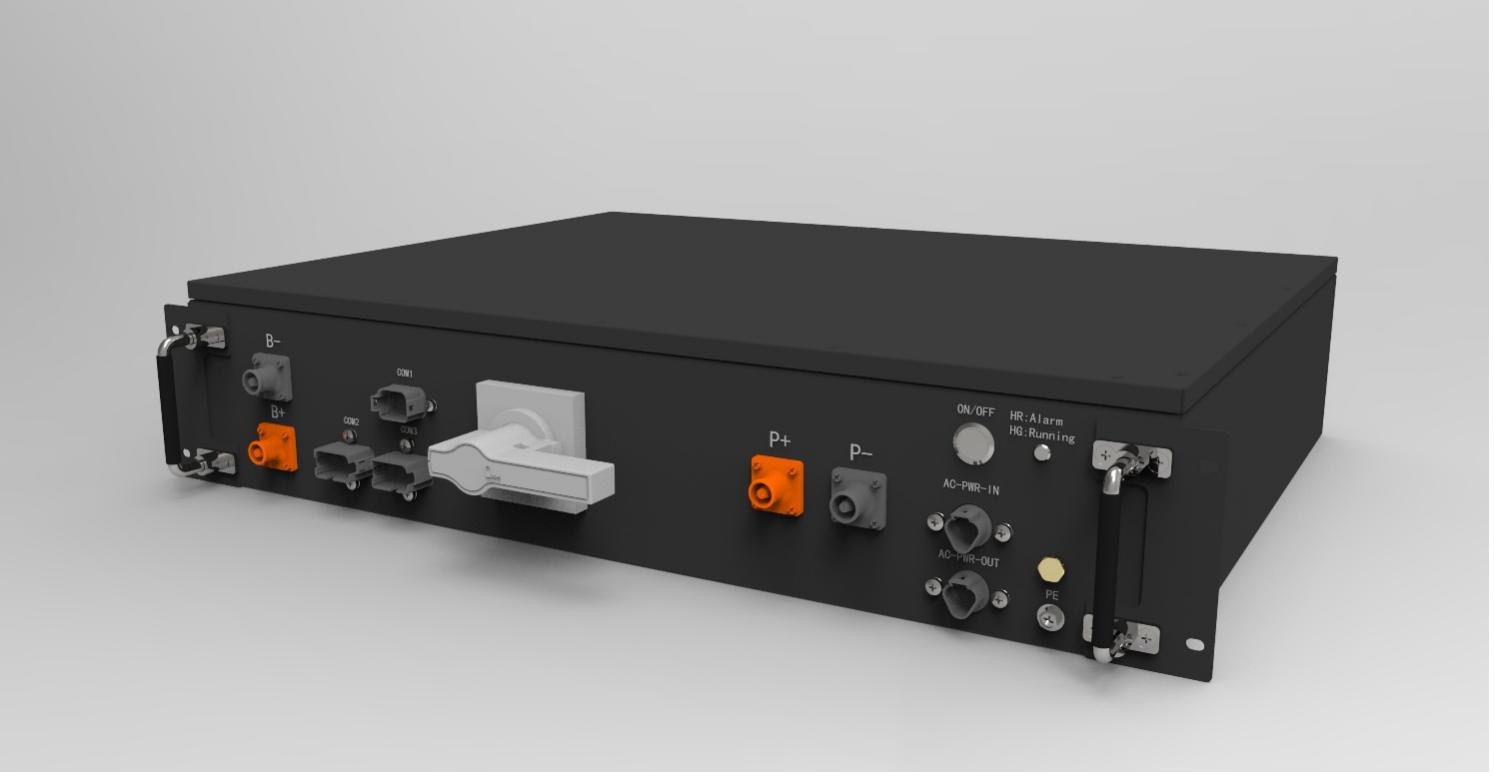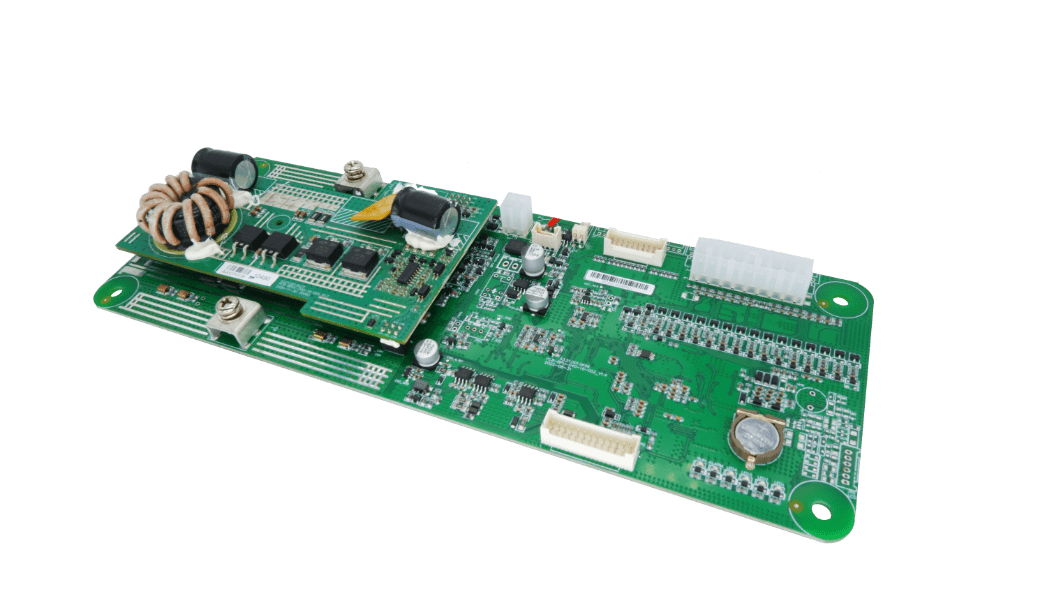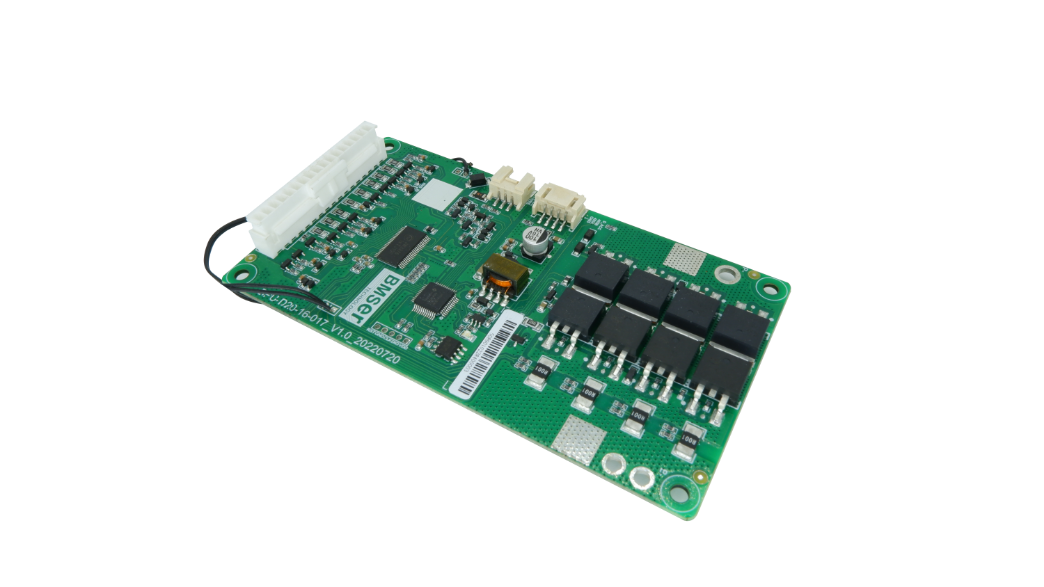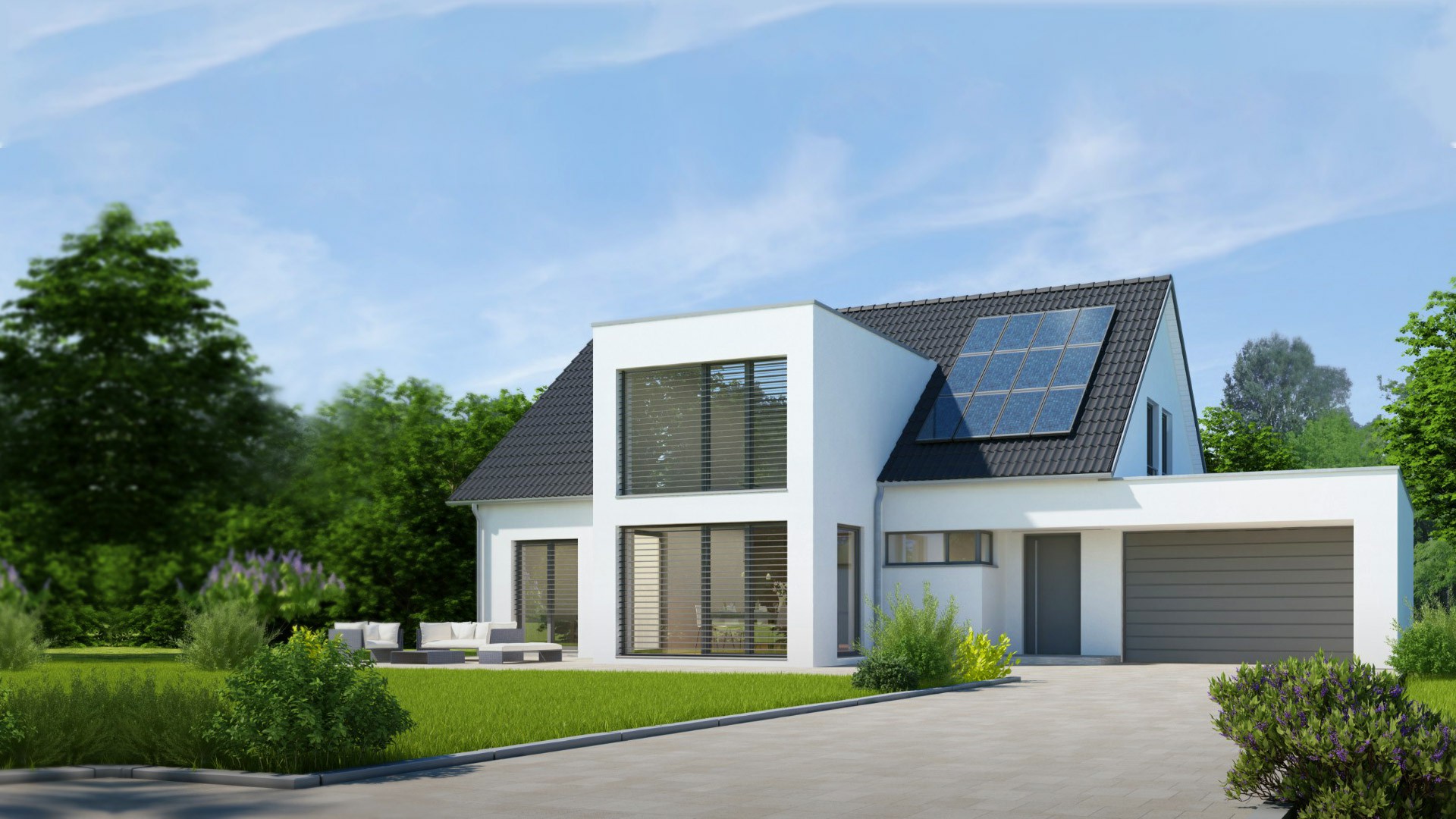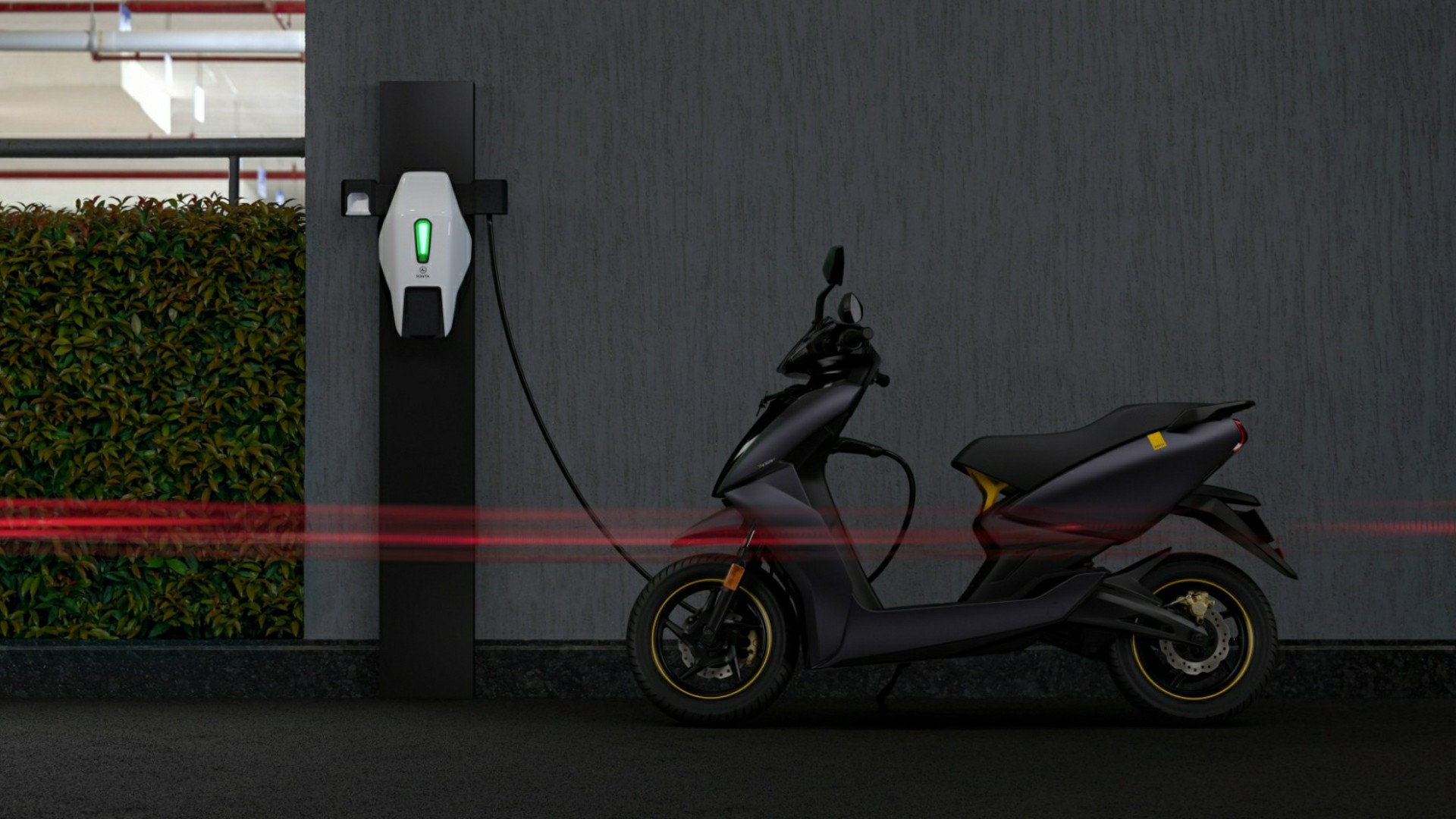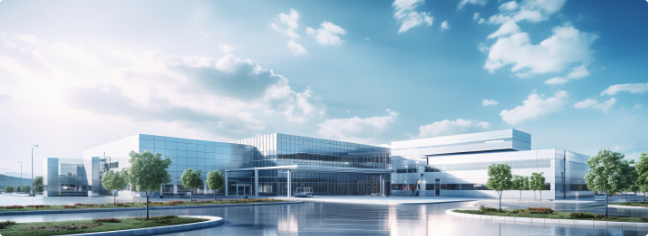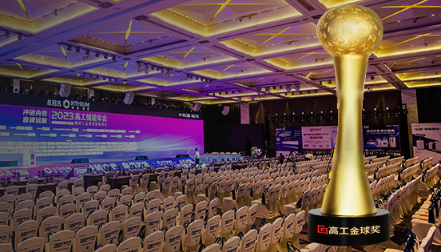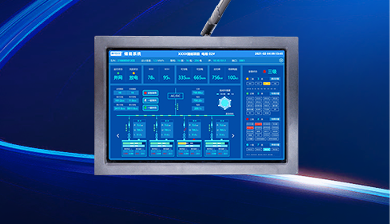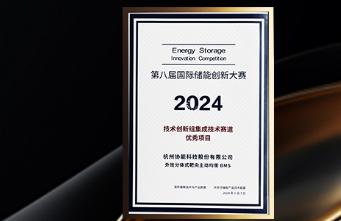Energy storage thermal management technology routes include air cooling, liquid cooling, heat pipe cooling, etc. Currently, the market is dominated by air-cooled systems and liquid-cooled systems! Air cooling, through gas convection to reduce the battery temperature. It has the advantages of simple structure, easy maintenance and low cost, but the heat dissipation efficiency, heat dissipation speed and temperature uniformity are poor. Liquid cooling, through the liquid convection to reduce the battery temperature. Heat dissipation efficiency, heat dissipation speed and temperature uniformity is good, but the cost is higher.
In contrast, air-cooling technology is not highly efficient in heat dissipation and cannot realize precise temperature control of the battery, which can easily lead to inconsistency in voltage and temperature, and may cause problems such as over-temperature shutdown and system safety! Liquid cooling system has large specific heat capacity and rapid cooling, which can realize precise temperature control of the battery and ensure the uniformity of temperature reduction, thus ensuring the stable operation of the energy storage battery. Suitable for battery packs with high energy density, fast charging and discharging speeds, and occasions with large changes in ambient temperature.

Compared with air-cooled systems, liquid-cooled systems are better able to meet the urgent needs of the market for energy storage systems of increasing scale and energy density. With the improvement of energy storage and charging/discharging rate, the proportion of liquid cooling will gradually increase in the use of medium and high power energy storage products! Liquid cooling is expected to become the mainstream program in the future, and the penetration rate is expected to reach about 45% by 2025.
Combined with the market demand, Synnex Technology has launched a new liquid-cooled high-pressure box. The product fully considers the electrical characteristics of each component, heat dissipation, safety and operability and maintainability. Reasonable space layout, compact structure, safe and reliable. Built-in BCU based on high-precision self-developed chip, with a variety of communication methods, can realize efficient communication between BMS and PCS, and realize the control and protection of energy storage battery cluster.

Safer
Highly secure line of defense
-IP65: Fully dustproof and protected from water jets.
Mistake-proof design: connectors are visually labeled and physically protected from different key positions.
-Selection of highly reliable components: by selecting reliable electrical components, adopting multiple redundancy protection measures, and conducting various matching tests, it adapts to harsh electromagnetic, high temperature, vibration and other environments.
More compatible
Matching with mainstream manufacturers
-Connector standardization: adopting mainstream connectors in the industry, with guaranteed delivery time.
-Standardized interface ecology: CAN, daisy chain, RS485, compatible with mainstream communication interfaces.
-Power harness standardization: power supply set up input and ring out ports, modular wiring harness design outside the box.
Standardized box size: W760*D582*H160mm, adapting to more users' on-site installation size.
More Powerful
Demonstrate the industry model
-Backup power supply: Support DC24V backup power supply for BMS/HMI equipment.
-System status detection: realizes current, voltage, temperature and insulation status detection within the cluster.
-System safety protection: supports manual and electric breaking and closing control and protection action of main circuit switch.
Enhancement of functions: equipped with 2 DI signal inputs and 1 dry contact signal output to meet more multi-functional requirements.
Complete electrical design protection mechanism, with short-circuit protection, over-current protection, insulation detection, automated communication access and other functions, to effectively protect the safe operation of the battery, to help customers build a safe, reliable, efficient and flexible energy storage system.
With the global energy transition, energy storage will usher in sustained high growth. Hip Energy Technology will continue to focus on technology and product innovation to provide customers with safer and more efficient BMS products and solutions. Following the footsteps of the country, we will help build a new type of power system and contribute to the realization of carbon peak and carbon neutral goals.




